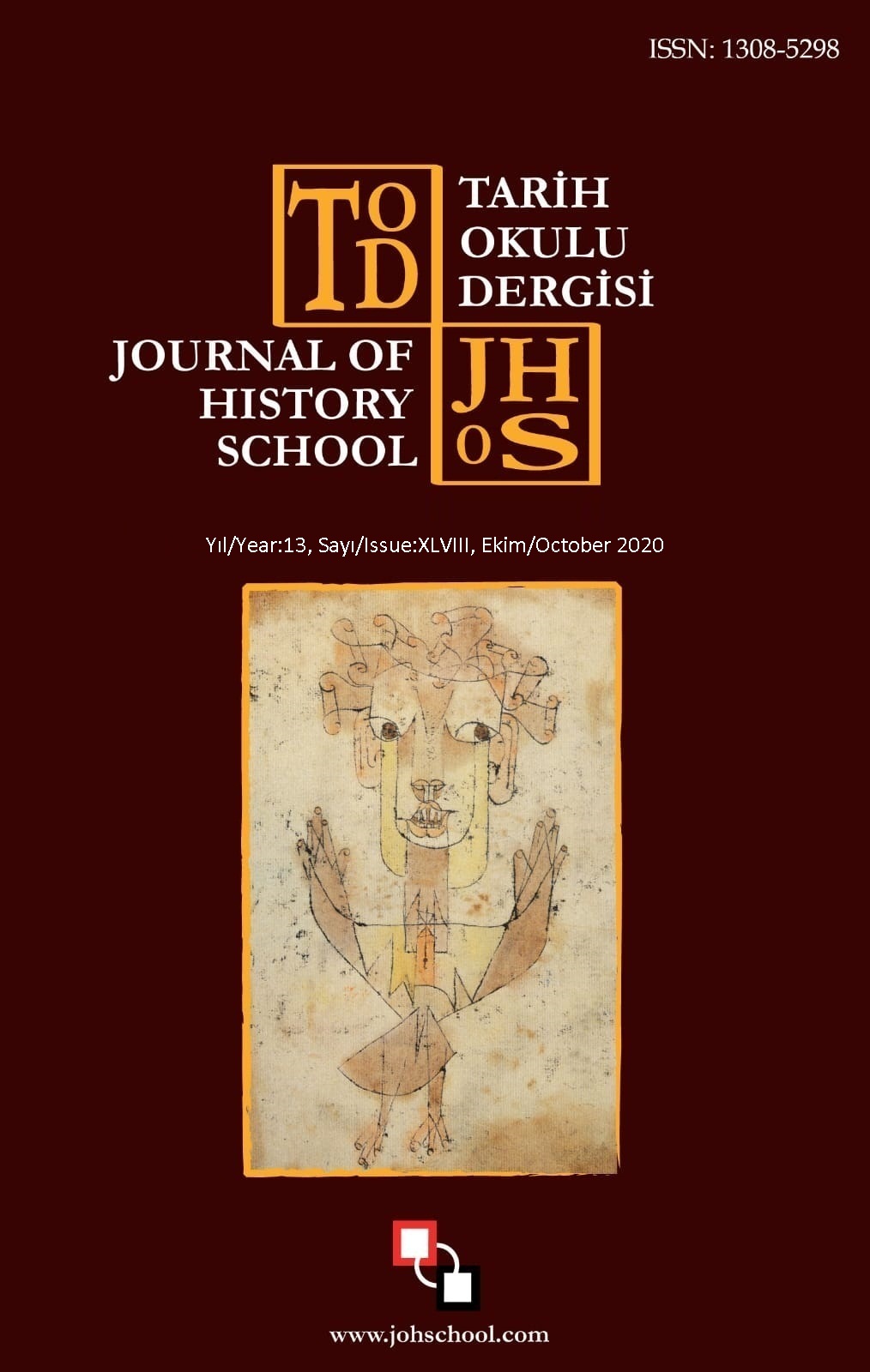Author :
Abstract
Bu çalışmada incelenen Risale-yi Tekellüm isimli eserde hiç Türkçe bilmeyen bir şahsın Türkiye’ye seyahat ettiğinde günlük temel gereksinimlerini karşılayabilmesini sağlamak amacıyla ev, iş, alışveriş vb. durumlarda işe yarayabilecek cümlelerin Türkçe-Farsça verildiği görülmektedir. Eserin sonuna bazı Türkçe sıfatlarla Türkçe sayılar da eklenmiştir. Kitabın bu yönüyle, yabancı dil öğretim yöntemlerinden dil bilgisi-çeviri yöntemiyle hazırlandığı söylenebilir. Bu bağlamda çalışmanın amacı, 1879 yılında Tahran’da Türkçe bilmeyen İranlılar için yazıldığı anlaşılan Risale-yi Tekellüm isimli konuşma kılavuzu niteliğindeki el yazma eserin yabancı dil öğretim ilke ve yöntemleri açısından incelenmesidir. Çalışmada nitel araştırma yöntemlerinden doküman incelemesi tekniği kullanılmıştır. Metnin geneli yabancı dil öğretim ilke ve yöntemleri açısından incelenmiş ve yazarın yabancı dil olarak Türkçe öğretirken izlediği yol tespit edilmiştir. Müellfin Türkçe öğretirken dil bilgisi çeviri yönteminden sık sık faydalandığı, soru-cevap tekniğini etkin bir şekilde kullandığı ve hedef dilin kültürel boyutunu dikkate aldığı saptanmıştır.
Keywords
Abstract
In the work of Risale-yi Tekellüm, which was addressed in this study, it was understood that the sentences used in common cases like home, work, shopping, etc. are given in Turkish – Persian versions to enable someone who don’t speak any Turkish to meet their daily requirements especially when they travel to Turkey. It is seen that some Turkish adjectives and Turkish numbers are added to the end of the work. In this aspect, it is possible to point out that the work is compatible with the grammar – translation method, one of the foreign language teaching methods. Within this framework, the aim of the study is to examine the manuscript Risale-yi Tekellüm, which was written in 1879 for Persian people who do not speak Turkish, in terms of foreign language teaching principles and methods. In the study, document analysis has been implemented as a quantitative method. The text was broadly examined in the light of foreign language teaching principles and methods. In addition, the way that the author had pursued while teaching Turkish as a foreign language was discovered. It was determined that the author implemented the grammar translation method while teaching Turkish, applying the question-answer technique effectively, and took into account the cultural dimension of the target language.





